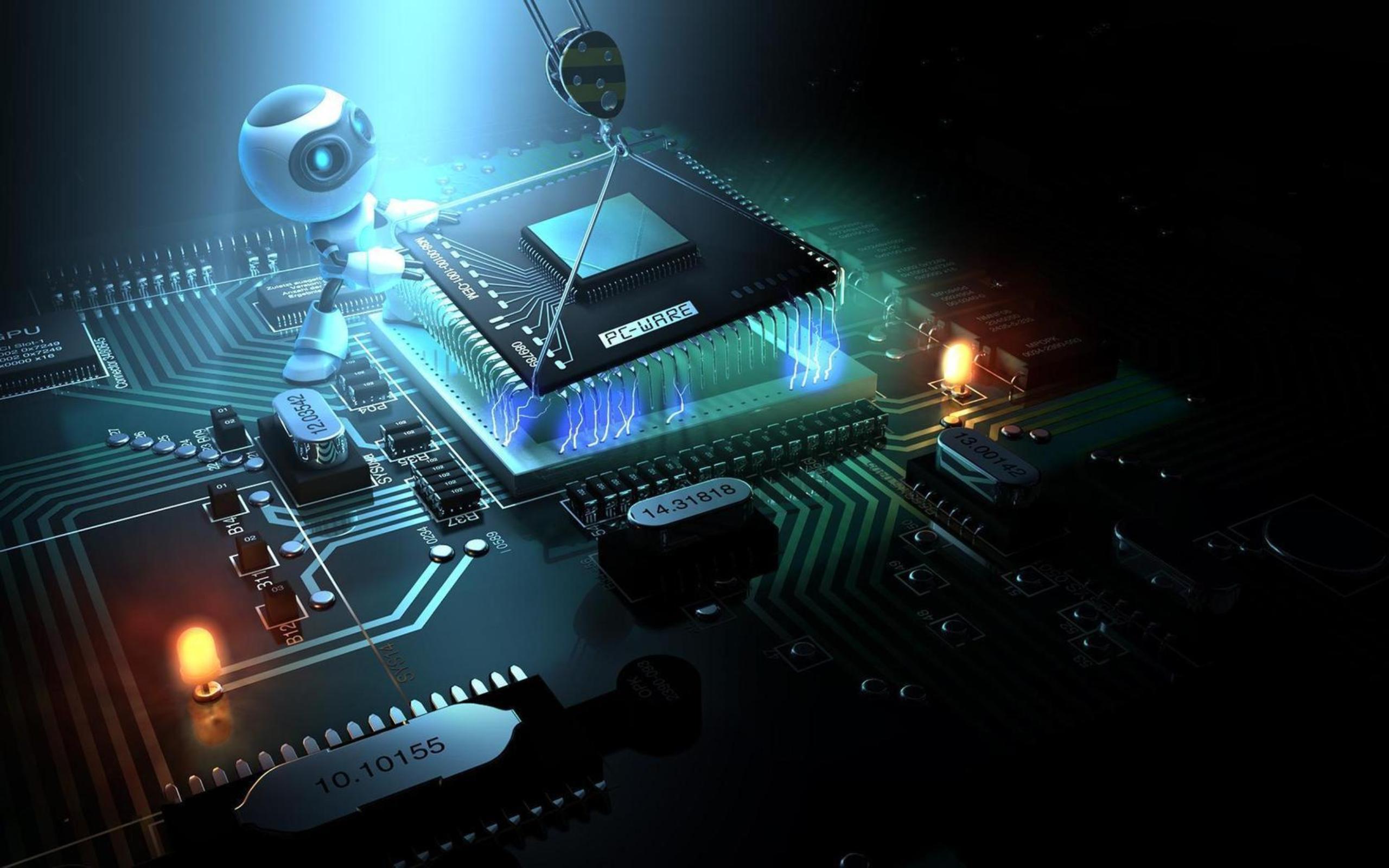
Deepfake technology is revolutionizing the way we perceive reality. With the ability to create hyper-realistic videos that seamlessly manipulate faces and voices, deepfakes have rapidly gained attention and raised concerns. From being used for entertainment purposes to maliciously spreading misinformation, this innovative technology has sparked debates about the ethical implications and potential consequences it holds.
At its core, deepfake technology is an advanced machine learning technique that combines artificial intelligence with deep neural networks. By training the algorithms on immense amounts of data, the models can virtually swap faces, alter appearances, and even sync facial expressions and movements in videos. The end result is often astonishingly convincing, blurring the lines between what is genuine and what is fabricated.
The rise of deepfake applications has both captivated and alarmed individuals across various industries. On one hand, this technology has found a place in the entertainment realm, allowing creators to produce jaw-dropping visual effects and bring beloved characters back to life. However, with great power comes great responsibility, as the notorious misuse of deepfakes has raised concerns about privacy, security, and the potential for misinformation campaigns.
As we dive deeper into the realm of deepfake technology, it becomes crucial to critically examine its potential consequences. From fostering digital impersonation to fueling distrust in media and undermining public figures, the implications of this rapidly evolving technology are profound. Unveiling the truths behind deepfake technology and navigating the ethical landscape surrounding its use will be essential in shaping its future impact.
In our exploration of deepfakes, we will delve into the history, technical aspects, and potential applications of this groundbreaking technology. By understanding the intricacies behind deepfake creation and the challenges that lie ahead, we can gain a clearer picture of the complex landscape we find ourselves in. Welcome to the immersive world of deepfakes, where nothing is truly as it seems.
Understanding Deepfake Technology
Deepfake technology is a rapidly advancing field that has gained significant attention in recent years. It involves the use of artificial intelligence and machine learning techniques to create realistic, yet falsified videos and images. By manipulating existing footage or images, deepfake technology can superimpose the face of one person onto another, convincingly blending the two to create an entirely new visual representation.
One of the primary driving forces behind the development of deepfake technology is its potential impact on the entertainment industry. With the ability to seamlessly replace actors or actresses with digital replicas, filmmakers can bring characters back to life or explore alternative casting options. This could open up entirely new creative possibilities and revolutionize the way movies and TV shows are produced.
However, the rise of deepfake technology also poses significant risks and ethical concerns. The ease with which these manipulated videos and images can be created and shared has raised concerns about misinformation, identity theft, and the erosion of trust. Deepfakes have the potential to be used for malicious purposes such as spreading fake news or defaming individuals by generating compromising and entirely fabricated content.
Swap Face
In order to combat the harmful effects of deepfake technology, researchers and organizations are actively working on developing methods to detect and authenticate manipulated content. By employing advanced algorithms and machine learning models, they aim to create tools capable of identifying deepfakes and distinguishing them from authentic media. While these efforts are promising, there is still a long way to go in ensuring the effective detection and prevention of deepfake content.
The Impact of Deepfake Technology
Deepfake technology has rapidly gained popularity and has had a profound impact on various aspects of society. From entertainment to politics and beyond, this technology has sparked both fascination and concern.
In the realm of entertainment, deepfake technology has opened up new creative possibilities. It allows filmmakers to seamlessly replace actors with digital counterparts, breathing new life into classic movies and making the impossible seem real. Audiences are captivated by the sheer realism achieved through this technology, blurring the lines between truth and fiction.
However, the implications of deepfake technology extend far beyond the entertainment industry. Its potential for misuse and deception raises serious ethical concerns. In the political realm, deepfakes have the power to sway public opinion and manipulate elections. The ability to convincingly alter videos and images can be weaponized to spread false information or incite social unrest.
Moreover, individuals’ privacy is at risk with the widespread use of deepfake technology. Personal information can be easily manipulated and used against unsuspecting victims. This poses a significant threat to not only the reputations of individuals but also the overall trust in the authenticity of digital content.
In conclusion, while deepfake technology has opened new doors in terms of entertainment possibilities, it also brings forth serious challenges and potential dangers. As this technology continues to evolve, society must grapple with the ethical implications and develop safeguards to mitigate the negative impacts.
Ethical Implications and Countermeasures
Deepfake technology presents various ethical implications that call for careful consideration and implementation of countermeasures.
Firstly, an important concern revolves around the issue of consent. With the ability to manipulate someone’s appearance and make them appear in situations they haven’t actually been in, deepfakes can easily infringe upon individuals’ privacy and reputation. Ensuring that deepfake creations are only made with explicit consent from all parties involved is crucial in order to protect the rights and dignity of individuals.
Another significant ethical consideration is the potential for deepfakes to be used for malicious purposes, such as misinformation or propaganda. As deepfakes become increasingly sophisticated, it becomes harder for people to distinguish between what is real and what is fabricated. This can lead to a loss of trust in media and public discourse. Implementing robust verification methods and raising awareness about the existence and capabilities of deepfake technology can help mitigate the harmful effects of misinformation.
Furthermore, deepfakes also raise concerns regarding the potential for identity theft. By convincingly replicating someone’s face and voice, malicious actors could impersonate individuals and commit fraudulent activities, causing significant harm to both individuals and institutions. Developing advanced authentication methods that can differentiate between authentic content and deepfakes can provide an important safeguard against such fraudulent practices.
In conclusion, while deepfake technology offers exciting possibilities, it is crucial to address the ethical implications it carries. By prioritizing consent, implementing verification measures, and strengthening authentication systems, we can navigate the future of deepfakes in a responsible and ethical manner.






Recent Comments